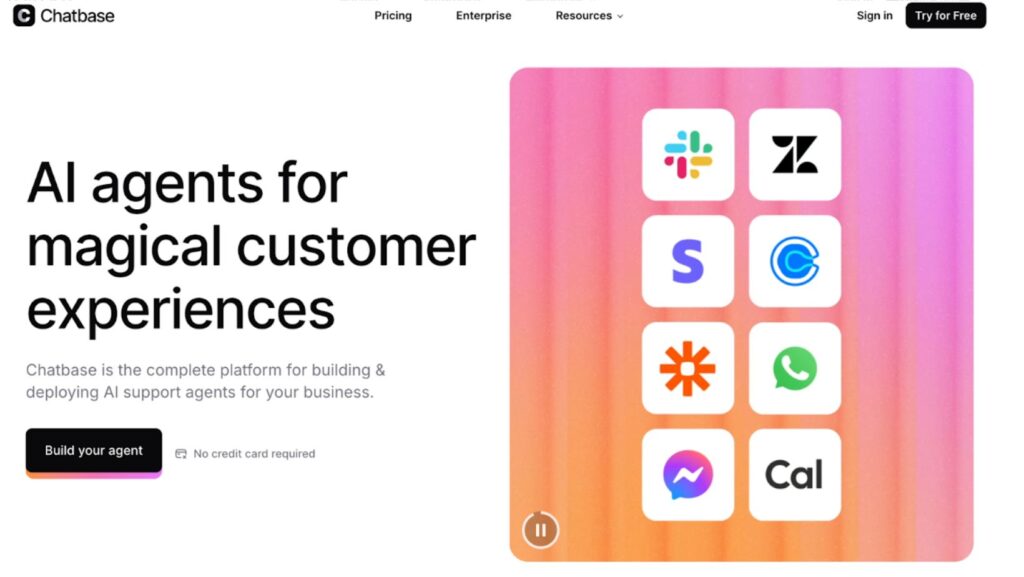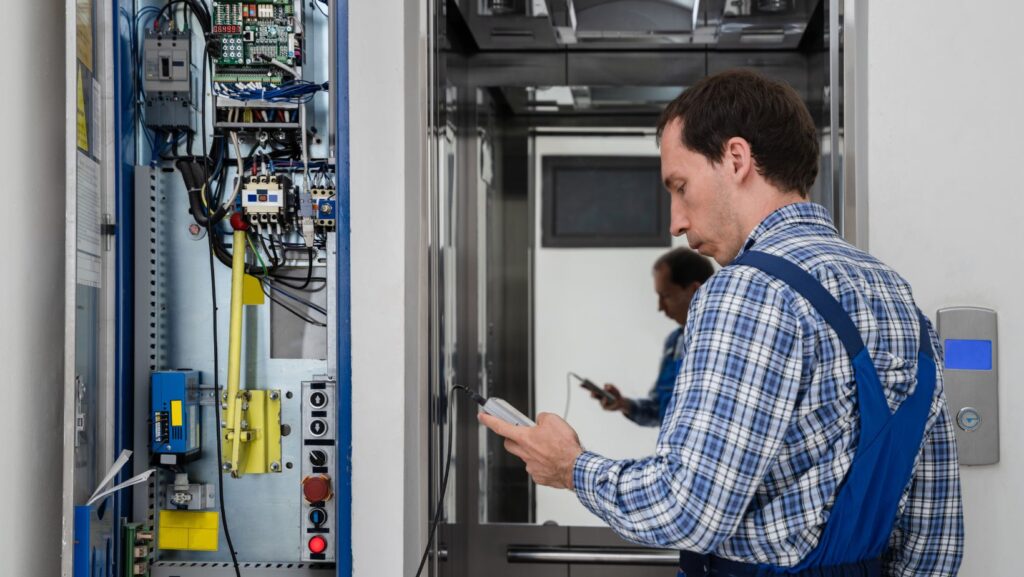7 Ways AI Will Completely Change Your Daily Life Soon
Artificial intelligence (AI) is all around us. What was once the driving force of science fiction is now a rapidly growing part of modern life. Day by day, it is revolutionizing how we live, work, and play. Although many people still tend to think of AI in future-facing conversations, it is an integral part of the present. Before contemplating the way AI will change daily life, it is vital to understand just how much it has already changed the present. From Alexa alarms to voice-controlled coffee machines and personalized morning playlists, AI has become a silent partner that has significantly impacted our lives. 1. Smart Home Automation That Actually Learns Advancements in already available AI technology are a key part of future innovations. While current smart home technology can react to changes instantly, it won’t be long before adjustments are made in anticipation of change. For example: Thermostats that can read schedules, follow weather patterns, and adjust according to their own predictions. AI assistants with the capability to recognize different voice profiles and adjust their responses and knowledge base accordingly. Amazon Alexa routines that can identify each family member and adapt their responses accordingly to the person speaking. Home lighting systems that adjust based on the time of day, but also according to the circadian rhythm of each family member. 2. Personalized Shopping That Predicts Your Needs AI will make shopping online a predictive experience. Enhanced algorithms will use pattern analysis to study past behaviors to identify items you need before you realize you need them. From recognizing season changes to weather pattern analysis, shopping lists will be filled with items the shopping AI sees you have not purchased in recent memory but are likely to need. Similarly, the continued rise of augmented reality (AR) will likely make virtual dressing rooms a more straightforward and more realistic experience for clothes shopping. The eventual adoption of dynamic pricing will also change shopping with AI assistance, which will scout the web for price drops as they happen, alerting users to deals on items they will need ahead of time, when the prices are at their lowest. 3. Healthcare That Monitors and Prevents Wearable devices currently monitor our biometrics and report on sleep quality, alerting us to subtle changes that may be indicative of underlying health conditions. This technology is poised to advance with monitoring that can recognize variations in everything, including speech patterns, movement speed, and even reaction times, to spot warning signs for health conditions such as depression, Parkinson’s disease, and Alzheimer’s. The data collected will be shared with medical professionals to aid in diagnostics and track biometric responses to medications, indicating response and effectiveness based on the wearer’s genetic profile that evolves over time. 4. Financial Management That Works While You Sleep Personal finance will be bolstered by advanced algorithms that track spending habits, monitor income and expenditure, and predict future trends to provide individuals with a detailed, real-time overview of their finances. Alerts will be in place to notify users of changes to their financial situation and account for varying risk tolerances and investment strategies, from AI-powered stock and share management to alerts on rewards and offers on popular iGaming sites enticing new players with a $200 deposit bonus. With 24-hour auditing, AI will also be able to advise on the ideal timing for large-scale purchases or credit applications, such as a new car or a property. 5. Communication That Understands Context AI helps to streamline communication and will eventually eradicate the language barrier. Instantaneous translations enable fluid, fully nuanced conversations across text messaging, voice calls, and AR experiences. Beyond voice calls, AI assistants will study user writing styles and learn to draft emails in their tone and writing style. Automated calendar management will enable AI assistants to accept, reject, and reschedule meetings, taking into account calendar conflicts with other participants and their respective time zones. 6. Entertainment That Knows Your Mood Streaming platforms paved the way for AI entertainment, with lists curated based on viewing history, mood, and even the time of day. Machine learning enables algorithms to train themselves through billions of data points every day, enhancing their understanding. The result will be an even more individualized and immersive entertainment experience, whether through gaming, TV, music, or sports. The continued emergence of AR will also shift the entertainment experience towards a more interactive experience. 7. Transportation That Thinks Ahead Satellite navigation has changed the way people drive. The continued advancement of AI will further advance this with predictive navigation options. AI algorithms will analyze traffic patterns, predict congestion, and recommend optimal routes in advance. Furthermore, autonomous vehicles will be developed that learn from individual driving habits and frequent destinations. Cars will predict ideal departure and arrival times while creating curated playlists for passengers to enjoy during their journey. The same will apply to public transport, which will feature adaptive schedules and routes based on real-time data. Conclusion Many people say the AI revolution is coming. The truth is, it is already here. AI is already a crucial part of many avenues in life—from smart homes, AI-driven financial solutions, and transport options to entertainment and health. However, its capabilities and effectiveness will grow over time. AI is slowly creating a cross-compatible world where every system talks to one another. Algorithms are building a streamlined existence where everything is adaptive and intuitive. The fear of AI comes from a place of misunderstanding. The best way to navigate this new world, where human interaction and computerized intelligence intertwine, is to embrace it. Keep informed of changes and developments, and be aware of how AI is transforming the way we utilize technology to enhance our lives.
7 Ways AI Will Completely Change Your Daily Life Soon Read More »










